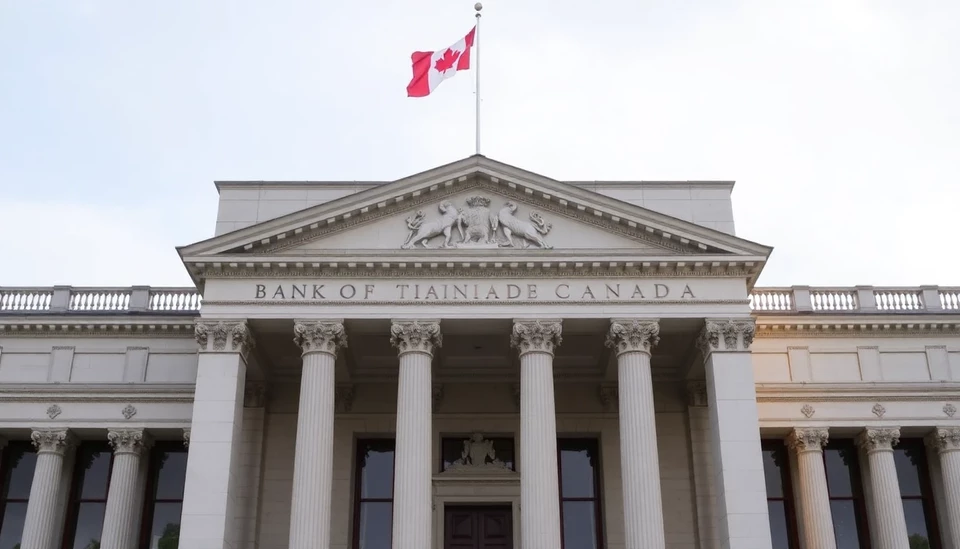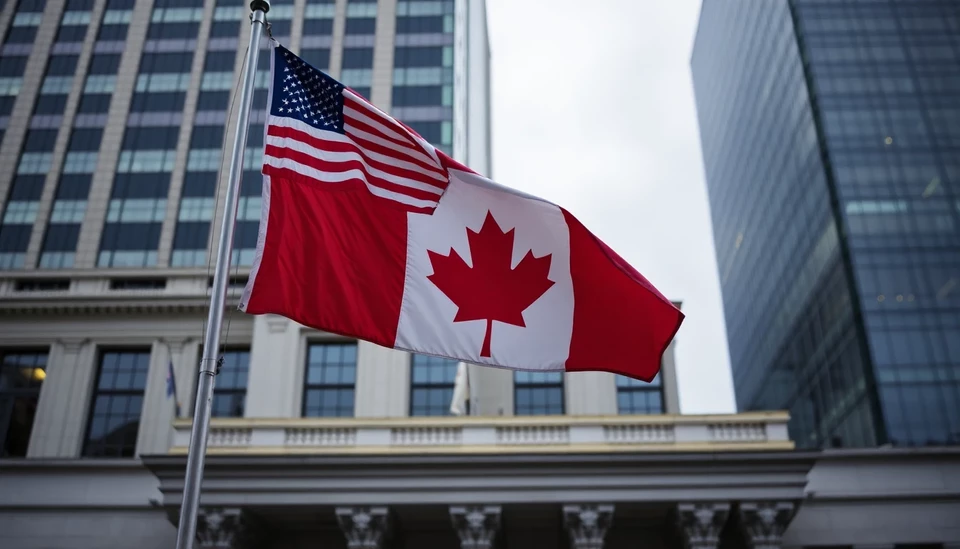
The Bank of Canada recently reaffirmed its commitment to controlling inflation through a strategy of interest rate hikes, despite the growing concerns among consumers and economists about the repercussions of such financial policies. In a statement released as part of a broader assessment of the Canadian economy, officials articulated their rationale behind maintaining a target inflation rate of 2%, emphasizing the importance of stability and trust in the monetary system.
Amid fluctuating economic indicators, the central bank's leadership outlined key reasons for its ongoing approach. With inflation rates having shown persistent volatility over the past years, the Bank of Canada's policy aims to achieve a balanced economic environment where price stability fosters sustainable growth. The bank highlighted that allowing inflation to drift significantly above the target could lead to long-term degradation of purchasing power and undermine economic confidence.
The world is watching closely, especially with Canada's recent history of inflationary pressures, largely driven by global supply chain disruptions and external economic factors. The Bank of Canada underscored its vigilance in tracking these developments while adhering to its inflation targets. Officials noted that the flexibility within the policy framework allows for adjustments, but the fundamental goal remains firmly placed on achieving the 2% target, which serves as a benchmark for consumer price index stability.
Critics of the central bank's policy have pointed out that the rate increases could disproportionately affect lower-income Canadians, raising concerns about affordability of living as borrowing costs rise. However, the bank argued that the long-term benefits of stabilizing inflation outweigh these short-term challenges, and reiterated its commitment to protecting the economy's integrity overall.
In their communication, the Bank of Canada provided insights into their evaluation process, revealing a detailed analysis of various economic indicators, including housing market trends, labor market conditions, and consumer spending patterns. By actively monitoring these factors, the bank aims to contextualize its decisions on interest rates, intending to respond proactively rather than reactively to economic shifts.
As the financial landscape evolves, the Bank of Canada acknowledges that sustaining an effective monetary policy requires continuous adaptation and attentiveness to global economic developments. This approach is not only about addressing immediate inflationary concerns but also about laying a groundwork for stable economic growth in the years to come.
Looking ahead, the bank remains focused on enhancing public understanding of its decisions and the thought processes behind policy changes. As part of these efforts, officials will engage more with the community, organizations, and economic institutions, aiming to bridge the gap between economic theory and public perception.
The Bank of Canada’s stance reflects a broader global narrative on inflation control, with many central banks grappling with similar dilemmas as they seek to navigate recovery paths post-pandemic while ensuring economic resilience for future challenges.
With the central bank’s commitment to transparency and responsiveness, stakeholders will be keenly watching to see how its policies unfold in the coming months and whether they effectively steer the Canadian economy toward a stable and sustainable future.
#BankofCanada #InterestRates #InflationControl #EconomicPolicy #CanadaEconomy #MonetaryPolicy #SustainableGrowth
Author: Rachel Greene




